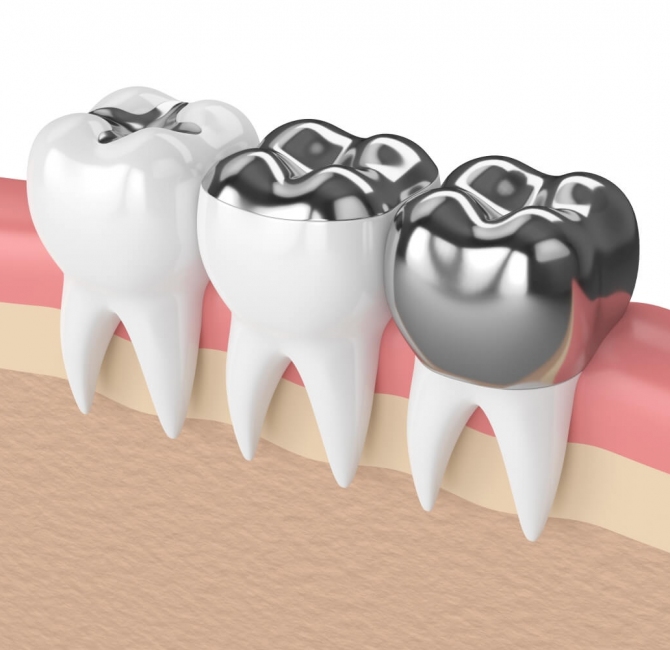Oral health, essential to overall health, is one of the most unmet health care needs for many children. Children with special health care needs, such as autism, are at particular risk of oral health disparities. With the dramatic increase in autism prevalence over the past few decades, oral care in this population is a critical area of study.
Children with autism often experience greater oral healthcare challenges, which are often associated with heightened responses to sensory input. Oral healthcare offices are filled with potentially overwhelming stimuli, such as bright fluorescent lighting, whirring power tools, and reclining chairs.
A new study showed safe and feasible adaptations to a clinic environment created a more relaxed, less anxious experience for children with autism. The study was conducted at a pediatric dentistry clinic in a large urban children’s hospital. A total of 162 children with autism, aged 6 to 12 years, participated. Each child attended oral care appointments in both a standard and an adapted clinic environment, approximately six months apart. Both appointments were performed in a consistent manner (i.e., oral examination, prophylaxis, fluoride).
In the adapted setting, the clinician wore loupes with an attached lamp, blackout curtains were hung over the windows, and a slow-motion visual effect was projected onto the ceiling (e.g., “Finding Nemo” underwater scene or lava lamp-style abstract colours). Calming nature sounds and quiet piano music was played. A traditional lead x-ray apron was placed on the chest and a “butterfly” wrap secured around the dental chair provided deep pressure hugging sensation from shoulder to ankle, which has been shown to calm the nervous system.
Electrodes placed on the children’s fingers measured electrodermal activity, a physiological correlate of sympathetic nervous system activation akin to the fight-or-flight response. The researchers also observed the frequency and duration of distressed behaviours exhibited by the children during the appointments, such as jerking away from the clinician, clamping down with the jaw, intentionally trying to bite the clinician or keep tools out of the mouth, crying, and screaming.
The researchers did not find any differences in the quality of care provided in the adapted environment, compared to the regular environment. They also did not find any significant differences in the amount of time required to seat and prepare the child for the procedure, demonstrating sensory adaptations do not create adverse logistical, time, or scheduling ramifications for clinics and are relatively inexpensive, scalable, and easy to implement with minimal training.
This pioneering study sheds light on the transformative impact of sensory-adapted rooms in providing a less distressing and more inclusive oral care experience for children with autism. With potential implications for addressing oral health disparities among specific ethnic groups, this research may pave the way for greater accessibility and comfort for all children during oral healthcare visits.
To access the full study, visit here.



